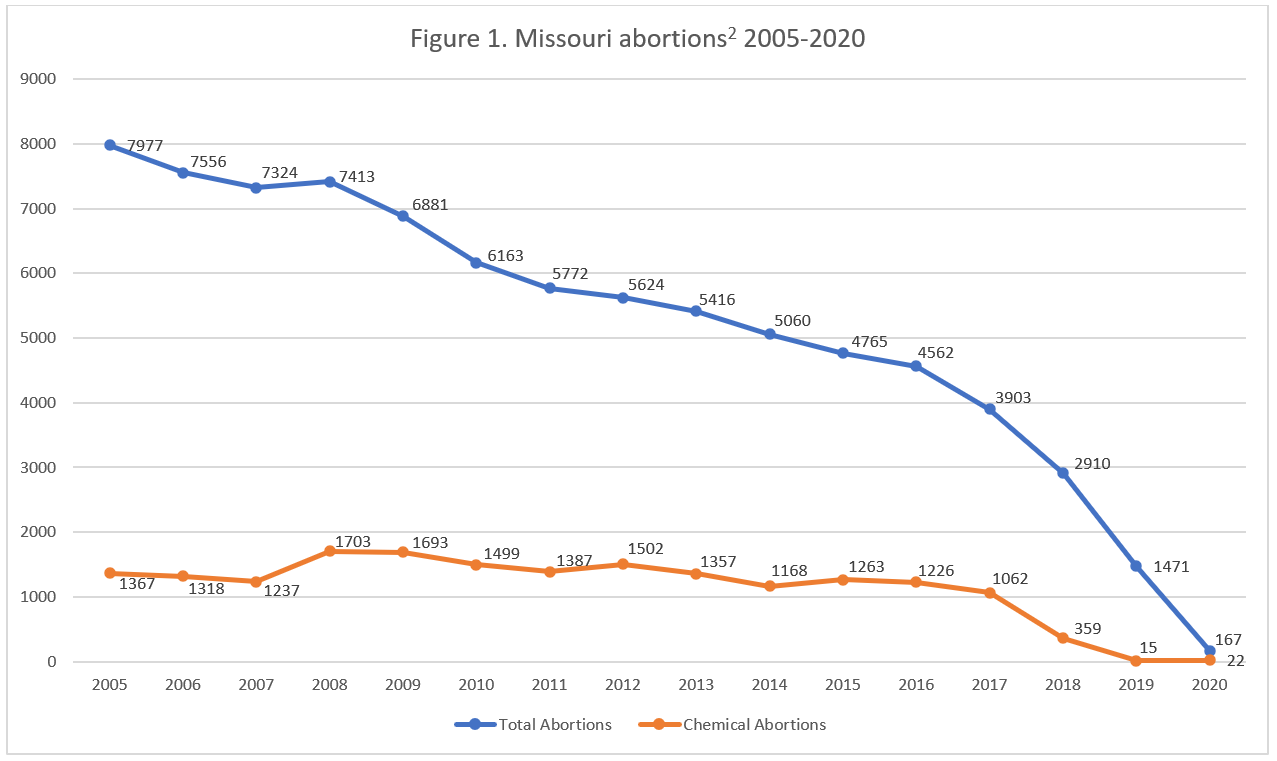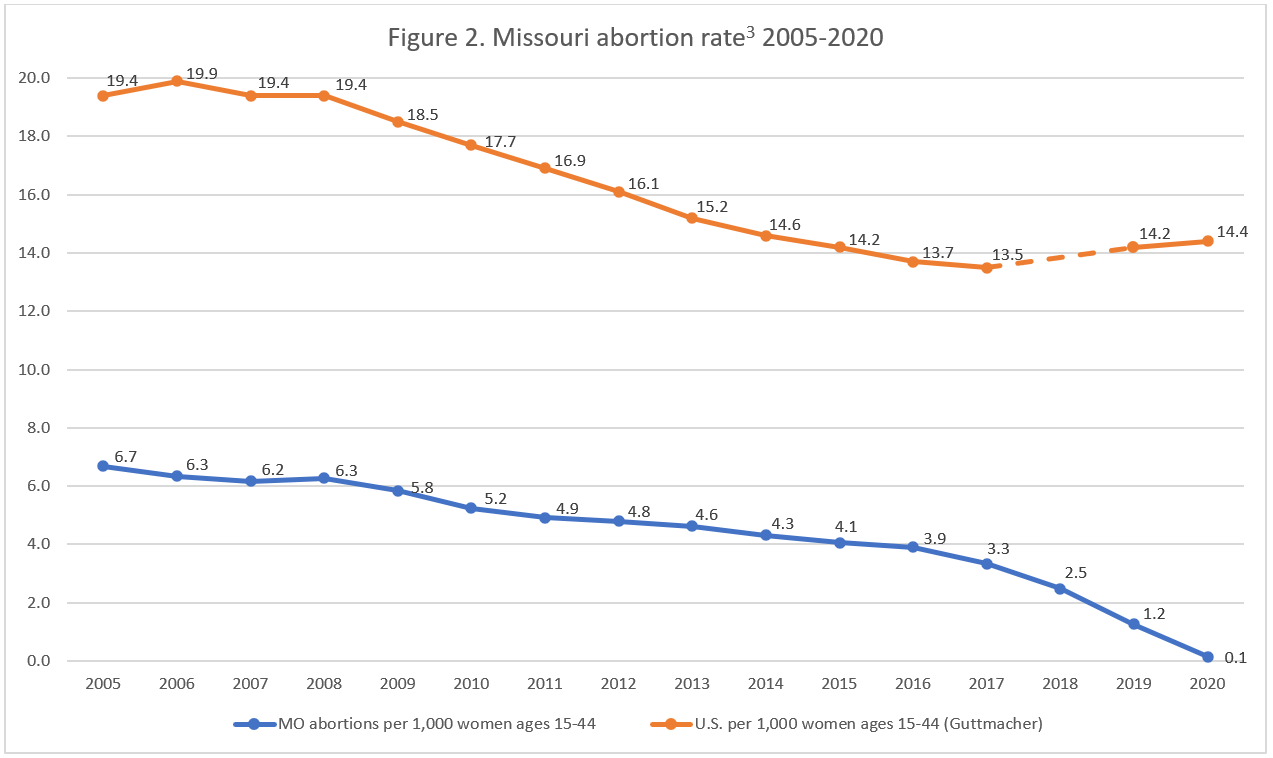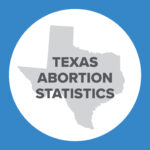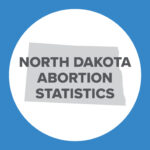Abortion Reporting: Missouri (2020)
Missouri’s 2020 abortion report was published online in September 2022. The report shows that Missouri’s reported abortions decreased dramatically in 2020, reaching the lowest number ever in the state, though the state notes abortions may have increased when factoring in unreported abortions. As of November 2022, 36 states had released 2020 abortion statistics, of which 13 (including Missouri) reported that abortions decreased.
Statistics and Changes in Missouri Abortions, 2019-2020

This report does not include information on Planned Parenthood’s Missouri abortion market share.
Abortion Totals and Trends
From 1,471 abortions in 2019 to 167 in 2020, the total number of abortions reported in Missouri fell by 89 percent, while chemical abortions increased by 47 percent (Fig. 1), However, only 22 chemical abortions were reported in 2020. The Charlotte Lozier Institute (CLI) estimates that Missouri’s 2020 abortion rate was 0.1 abortions per 1,000 women ages 15 to 44, far below the 2020 national rate of 14.4 (Fig. 2). Separately, Missouri reports abortions performed on residents, both those occurring in Missouri and those performed in other states that then share data with Missouri. There were 3,391 abortions reported to have been performed on Missouri residents in 2020, although Missouri estimates that the true total was far higher. There was a 22 percent decrease in reported resident abortions in 2020 compared to 2019 when there were 4,333 abortions. However, Missouri estimates that abortions actually increased when unreported abortions – that were obtained by Missouri residents in other states that did not report the numbers to Missouri – are taken into account. Since 1975 when 10,245 abortions were reported in Missouri, abortion occurrence in Missouri has declined by 98.4 percent.
State Report Summary
Residence Data
Of the 3,391 abortions known to have been performed on Missouri women in 2020, the majority (59 percent) were performed on women in their twenties, with 30 percent on women ages 20 to 24 and 29 percent on women ages 25 to 29. Twenty-eight percent were on women in their thirties, and four percent were on women aged 40 or older. Nine percent of the abortions were on girls under the age of 20, including three percent on girls under the age of 18.
Just over half of the abortions performed on Missouri residents, 54 percent, were on non-Hispanic white women, and 34 percent on non-Hispanic black women. Six percent were on non-Hispanic women of other races, and just three abortions were on non-Hispanic women of unknown race. Six percent were performed on Hispanic women.
Seven percent of the abortions were on women with fewer than 12 years of education. Thirty-eight percent of the abortions were performed on women with 12 years of education, and 37 percent were on women with 13 to 15 years, while 15 percent were performed on women with 16 years of education or more. Level of education was not reported for two percent of abortions. The vast majority of Missouri resident abortions (87 percent) were on unmarried women. Thirteen percent were on married women, and a little under one percent were on women of unknown marital status.
The majority of the Missouri women undergoing abortions already had children. Twenty-four percent of the abortions were performed on women with one living child, and 37 percent were on women with two or more children, compared to 39 percent with no children. Conversely, the majority of abortions (68 percent) were performed on women with no previous abortions. Twenty percent were on women with one prior abortion, and 12 percent were on women with two or more previous abortions. More than two-thirds of the abortions (69 percent) were performed earlier than nine weeks of gestation. Fourteen percent occurred between nine and 10 weeks, and six percent were performed between 11 and 12 weeks of gestation, dropping to four percent between 13 and 14 weeks. Three percent were performed between 15 and 16 weeks, and two percent were between 17 and 19 weeks. Less than one percent (0.6 percent) occurred at 20 weeks, and one percent were reported at 21 weeks of gestation or later.
There were 2,298 (68 percent) chemical abortions reported to have been performed on Missouri residents, whether in Missouri or in other states that shared data with Missouri. This suggests that the vast majority occurred out-of-state, as only 22 chemical abortions were reported in Missouri in 2020. Twenty-four percent of the abortions performed on Missouri women were curettage abortions, and eight percent were laminaria dilation and evacuation procedures. There were three hysterectomy/hysterotomy abortions and one intrauterine instillation abortion. Ten abortions were performed using other, unspecified methods.
Occurrence Data
Just under half of the abortions occurring in Missouri (46 percent) were performed on women in their twenties. Forty-four percent were on women in their thirties and four percent were on women in their forties or older, while six percent were on girls under the age of 20 (four percent under the age of 18). Over half of the abortions were performed on non-Hispanic white women (56 percent). Thirty-one percent were on non-Hispanic black women, seven percent on non-Hispanic women of other races, and four percent on Hispanic women. Three abortions were performed on non-Hispanic women of unknown race.
Unlike the abortions performed on Missouri residents, just 17 percent of the abortions reported in Missouri were performed before nine weeks of gestation. Nine percent were performed between nine and 10 weeks, and another nine percent were between 11 and 12 weeks. Likely due to the percentage of early chemical abortions that occurred out of state, a relatively large percentage of the abortions reported in Missouri occurred in the second trimester, although the actual numbers were small. Thirteen percent of the abortions were reported between 13 and 14 weeks of gestation, while 10 percent occurred between 15 and 16 weeks and 12 percent between 17 and 19 weeks of gestation. Six percent of the abortions were performed at 20 weeks and 23 percent were performed at 21 weeks or later, for a total of 29 percent (49 abortions) at or after 20 weeks of gestation.
A little under half of the abortions occurring in Missouri (44 percent) were curettage procedures, while just over one-third (37 percent) were laminaria dilation and evacuation abortions. There were 22 chemical abortions, three hysterectomy or hysterotomy abortions, and one intrauterine instillation abortions. Six abortions were performed using other, unspecified procedures.
Missouri requires medical professionals who treat abortion complications to report them to the Missouri Department of Health and Senior Services (MDHSS), regardless of whether the abortion occurred in Missouri or in a different state. In 2020, MDHSS received 44 abortion complication report forms with information on 60 complications.1 Fifty-five percent of the forms were submitted for surgical abortions, 39 percent for chemical abortions, and seven percent for abortions of unknown type. The most common complication was cases of retained products of conception, occurring 17 times, followed by 11 cases of endometritis, eight instances of an incomplete abortion, and two instances of failed abortions in which the pregnancy was undisturbed. The report does not indicate whether the babies were born from the two ongoing pregnancies, or whether these pregnancies were ended by a second abortion attempt. There were nine cases of hemorrhaging and four uterine perforations. Additionally, there were seven unspecified complications. Twenty-one women were hospitalized.
Four of the forms were submitted for abortions occurring in Missouri, which MDHSS used to calculate a Missouri complication rate of 2.4 percent.1 However, many complications were caused by abortions performed outside of Missouri. Missouri does not receive abortion complication reports from other states, so the number of abortion complications suffered by Missouri residents but treated outside of Missouri is unknown.
Out-of-State Abortions
Most abortions performed on Missouri residents occur in other states, many of which then report the abortion data back to Missouri. There were 3,391 abortions performed on Missouri residents in Missouri or reported to Missouri by other states in 2020. However, not all states share individual record-level data with Missouri. In 2020, Illinois and Oklahoma provided estimates of Missouri resident abortions. Missouri reports that when totals from Illinois and Oklahoma are included, there were an estimated 10,018 Missouri resident abortions in 2020.
In 2019, Missouri obtained reports of 4,660 abortions performed on Missouri residents. The state now estimates that including abortions performed on Missouri residents in Illinois and Oklahoma, the true total was 9,254. State data later submitted by each state to the Centers for Disease Control (CDC) shows that there were 9,266 abortions reported to have been performed on Missouri residents, slightly higher than Missouri’s estimate. Just 14 percent occurred in Missouri. Illinois reported the highest percentage, 48 percent of the total, followed closely by 34 percent in Kansas. Arkansas reported 0.7 percent and Oklahoma reported one percent.
CDC data for 2020 is not yet available, but many of the states that border Missouri (e.g., Illinois, Arkansas, Oklahoma, Kansas, Kentucky, and Nebraska) have released 2020 abortion statistics that include non-resident totals. Illinois’ state abortion reports show that 6,578 abortions occurred in Illinois on Missouri residents, as Planned Parenthood opened a new abortion-mega center in Illinois in 2019 that was placed near the border of Missouri to draw women from Missouri. Kansas’ state abortion reports show that 3,641 abortions occurred in Kansas on Missouri residents. Arkansas reported performing abortions on 18 Missouri residents, with Oklahoma reporting 49, Nebraska 13, and Kentucky just one. Neighboring Tennessee has not yet published 2020 abortion statistics but reported 38 abortions on Missouri residents in 2019, while Iowa does not report the states of residence of women obtaining abortions.
Legislative Changes
Abortions performed in Missouri continued to decline precipitously in 2020 as the state’s sole abortion center, a Planned Parenthood in St. Louis, sent patients across the border to a new Planned Parenthood abortion mega-center in Illinois that began operating in October 2019. Planned Parenthood doesn’t provide chemical abortions in Missouri because of a pelvic exam requirement. Instead, the St. Louis Planned Parenthood encourages women to go to the new Planned Parenthood center in Illinois, 18 miles away, in order to circumvent waiting periods and other safeguards enacted by Missouri.
After Roe v. Wade (1973) was overturned in June 2022, Missouri Governor Mike Parson issued a proclamation and Missouri Attorney General Eric Schmitt issued Opinion Letter No. 22-2022, allowing its 2019 trigger law to go into effect. This legislation protects life at all stages of pregnancy except in cases to save the mother’s life or prevent substantial bodily impairment. In light of the new law, the president and CEO of the state’s sole remaining abortion center, Reproductive Health Services of Planned Parenthood of the St. Louis Region, notified the Missouri Department of Health and Senior Services that they were immediately ceasing all abortion services in the state.
On October 3, 2022, Planned Parenthood opened its first mobile abortion center in Southern Illinois to “reduce the hundreds of miles that people are having to travel now in order to access care,” according to the president of Planned Parenthood of the St. Louis Region and Southwest Missouri. The mobile abortion center will start doing chemical abortions up to 11 weeks gestation later this year and will start doing surgical abortions likely sometime next year. The mobile clinic will be in Illinois where abortion remains legal but will be close to the Missouri border.
State Ranking
In 2016, CLI surveyed abortion reporting across the country, and Missouri’s reporting tied for 25th best. To improve its reporting, Missouri could provide more context for its data by reporting the percentage of abortions performed in Missouri on nonresident women, as well as the states to which Missouri residents travel for abortions. Additionally, Missouri could report pregnancy history, level of education, and marital status for all women undergoing abortions in the state, as many other states do.


- Statistics on abortion complications reported here represent a minimal number of deaths and complications, and the state acknowledges that this data may be incomplete.
- Total abortions occurring in Missouri. Abortion totals for 2011 and 2014 were revised in later reports, but because chemical abortion totals were not revised, the original numbers provided by the 2011 and 2014 abortion reports have been used to allow for comparison between total and chemical abortions.
- Rates were calculated by CLI using population estimates from the United States Census Bureau. The rates were calculated using the following formula: (total number of abortions performed in Missouri ÷ number of resident women ages 15-44) x 1,000. Rates may differ slightly from previous CLI articles due to revised population estimates. Estimates for 2005-2009 are intercensal estimates of the July 1 resident population. Estimates for 2010-2020 are Vintage 2020 postcensal estimates of the July 1 resident population. Estimates were produced by the U.S. Census Bureau and the National Center for Health Statistics.

























